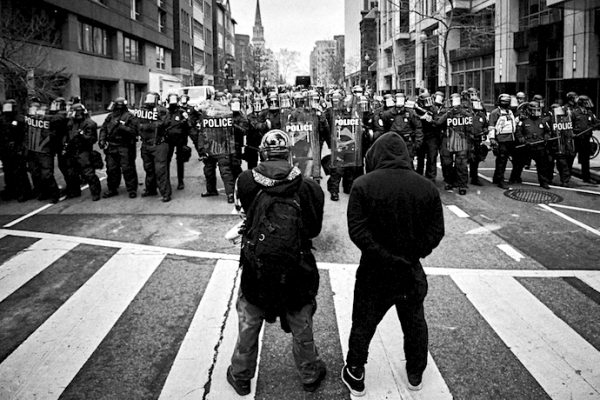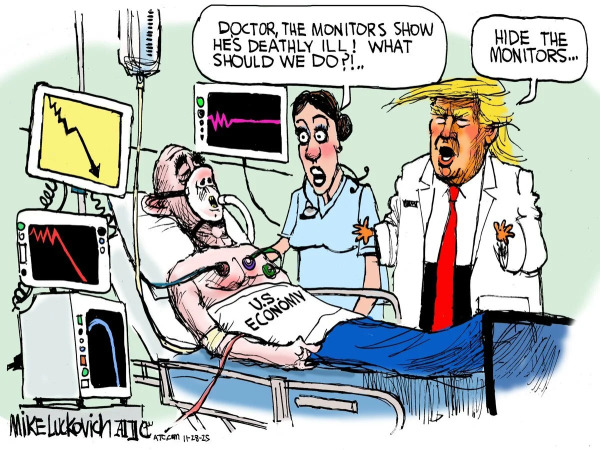Search
Items tagged with: cult
🎯
100% Pure #TrumpVirus 'thinking'.
True to form. As with his first term spreading his virus, and about 1000 other denials of #reality every day, in every way.
#psychology / #Freud reference: #denial #projection #psychopathology
and another 'primitive' defense: #avoidance (in Sir's case, of #truth)
And seen among the #GQP #cult - a more recent #cognitive / social psych dynamic: #CogniveDissonance
As even MAGATs see the real-life #economy and are less inclined to blindly follow the insane / #evil calls to ignore our own lyin' eyes, and yet #media writ large is still acting like our Toddler King is somehow connected to reality and as he says, everything is terrific.
#news #religion #hategroups #ChristianTaliban #cult #uspol
https://religiondispatches.org/behind-the-inclusive-sounding-ads-of-the-100-million-pr-blitz-for-jesus-its-the-same-old-white-conservative-fantasy/?rss=1

Behind the Inclusive-Sounding Ads of this $100 Million PR-Blitz-for-Jesus it's the Same Old Conservative Christian Fantasy
This month, a $100 million advertising campaign and website have been launched nationwide to help a particular figure rebrand.Religion Dispatches

